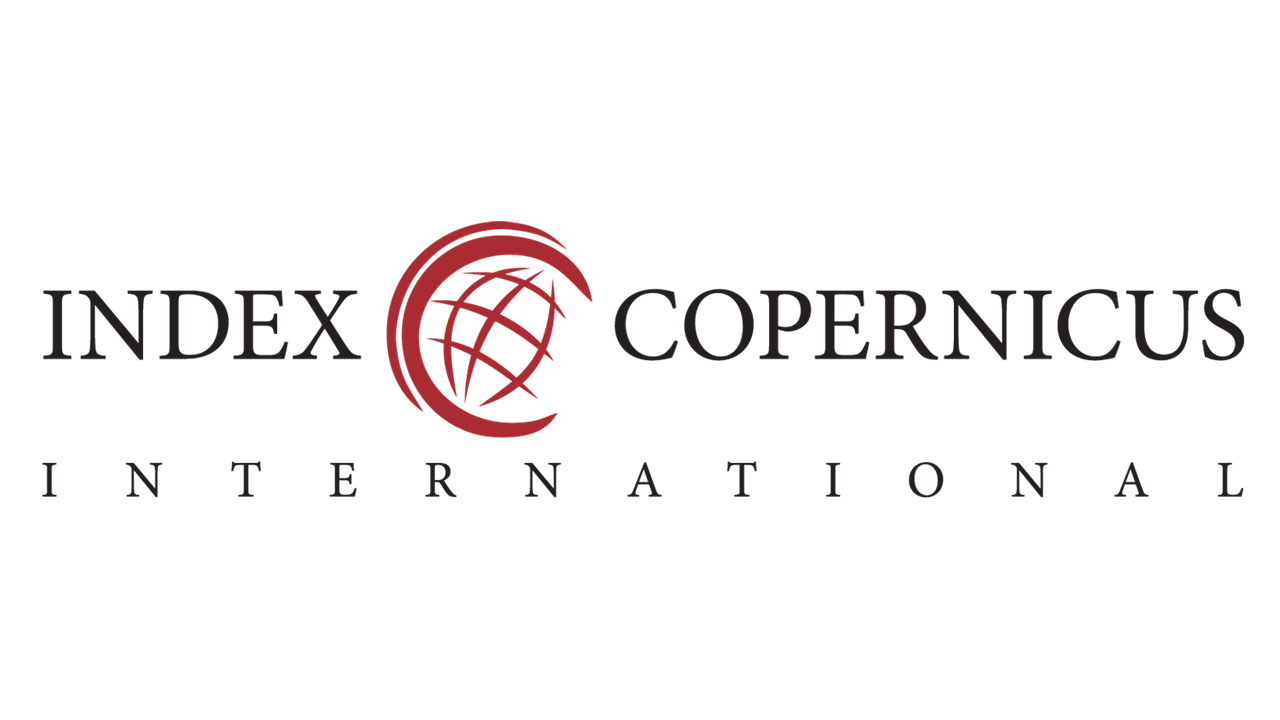KEBIJAKAN LUAR NEGERI INDIA TERHADAP NEGARA-NEGARA ASEAN: IMPLEMENTASI ACT EAST POLICY
DOI:
https://doi.org/10.31315/jsdk.v16i1.11345Keywords:
look east policy, act east policy, AIFTA, securityAbstract
Abstrak
Redefinisi politik luar negeri Look East Policy menjadi Act East Policy dilatarbelakangi keinginan India untuk berintegrasi dengan negara-negara di Asia Tenggara yang tergabung dalam ASEAN. India berkomitmen melakukan tindakan nyata untuk bekerjasama dengan negara-negara ASEAN sebagai mitra strategis dalam berbagai bidang. Penelitian ini mengkaji implementasi Act East Policy dalam kerjasama ekonomi dan keamanan. Metode penelitian ini adalah metode kualitatif yang memungkinkan peneliti memahami permasalahan yang dihadapi manusia dalam konteks sosialnya. Sumber data menggunakan data sekunder yang berasal dari buku, jurnal, majalah surat kabar dan sumber internet yang kredibel. Hasil penelitian menunjukkan bahwa implementasi Act East Policy dalam bidang ekonomi terjadi peningkatan signifikan dalam volume perdagangan kedua pihak pasca diberlakukannya ASEAN-India Free Trade Area (AIFTA). Dalam kerjasama perdagangan India mengalami defisit sehingga negara-negara ASEAN lebih banyak mendapatkan manfaat dibandingkan India. Dimasa mendatang India berpotensi menyeimbangkan neraca perdagangan mengingat keunggulan komparatif yang dimilikinya belum dieksplorasi secara mendalam Sedangkan Kerjasama keamanan memiliki dampak positif dalam memperkuat stabilitas di kawasan Asia Tenggara dan sekitarnya. India dinilai dapat berperan sebagai penyeimbang China yang berambisi menjadi kekuatan hegemonik di Asia Tenggara.
Kata Kunci : look east policy, act east policy, AIFTA, keamanan
Abstract
The redefinition of India's foreign policy from Look East Policy to Act East Policy is driven by India's desire to integrate with the countries in Southeast Asia that are part of ASEAN. India has taken concrete actions to collaborate as a strategic partner in various fields. This research examines the implementation of the Act East Policy in economic and security cooperation. The research methodology employed is qualitative, allowing the researcher to understand the challenges faced by individuals in their social context. Secondary data sources from credible books, journals, magazines, newspapers, and the internet were used. The research findings indicate that the implementation of the Act East Policy in the economic field has led to a significant increase in bilateral trade volume after the establishment of the ASEAN-India Free Trade Area (AIFTA). In trade cooperation, India has experienced a trade deficit, with ASEAN countries benefiting more than India. In the future, India has the potential to balance the trade balance considering that its comparative advantages have not been explored in depth. Meanwhile, security cooperation has a positive impact in strengthening stability in the Southeast Asia region and beyond. India is considered to be able to act as a balancer to China, which has the ambition to become a hegemonic power in Southeast Asia. Security cooperation has a positive impact in strengthening stability in the Southeast Asia region and beyond.
Keywords :
look east policy, act east policy, AIFTA, security
References
Daftar Pustaka
Ahlawat & Associaties. (2022, May 27). Development of Pharmaceutical Industry in India. Https://Www.Ahlawatassociates.Com/Blog/Development-of-Pharmaceutical-Industry-in-India/ .
Analisation, R. A. (2019). India ’ s Act East Foreign Policy. 11, 216–219.
Anggerwal, D. (2019). From President Desk, Introduction : India’a Trade and Investment Opportunities With ASEAN Economies.
Anwer, T. (2017). India’s Foreign Policy: An Overview. In B. Mohanty (Ed.), India’s Foreign Policy (pp. 3–59). Tripura University.
ASEAN. (2023). ASEAN Statistical Year Book 2022. December, 1–275.
Bajpaee, C. (2023). Reinvigorating India’s ‘Act East’ Policy in an age of renewed power politics. Pacific Review, 36(3), 631–661. https://doi.org/10.1080/09512748.2022.2110609
Banlaoi, R. C., Delhi, N., Dialogue, D., & Nations, S. A. (2013). Challenges in India- ¬ Asean Security Cooperation. 1–6.
Bhardwaj, N. (2023). Boosting India-ASEAN Economic Collaboration. Bhar. https://www.aseanbriefing.com/news/boosting-india-asean-economic-collaboration-key-highlights-from-pm-modis-12-point-proposal/
Creswell, J. W. (2018). Research Design Pendekatan Metode Kualitatif, Kuantitatif dan Campuran (4th ed.). Pustaka Pelajar.
De, P. (2023, June 20). Reactivating the ASEAN-India Partnership through an FTA. Hindustan Times.
Ganapathi, M. (2019). Act East in India’s Foreign Policy: India-ASEAN Relations. Indian Foreign Affairs Journal, 14(3), 195–206.
Giri, W. (2023, September 7). Pasar Besar Bernama ASEAN. Https://Indonesia.Go.Id/Ragam-Asean-2023/7488/Pasar-Besar-Bernama-Asean? Lang=1.
Handique, Chumki. (2021). The India ASEAN Free Trade Agreement (AIFTA). Turksih Online Journal of Qualitative Inquiry (TOJQI), Vol, 12(Isuue 1), 5329–5337.
Holsty, K. (1992). International Politics: A Framework for Analysis (6th ed., Vol. 0). Prentice Hall Inc.
Malone, D. M. (2015a). India’s Contemporary Security Challenges. In Does the Elephant Dance? https://doi.org/10.1093/acprof:osobl/9780199552023.003.0003
Malone, D. M. (2015b). India’s Contemporary Security Challenges. In Does the Elephant Dance? https://doi.org/10.1093/acprof:osobl/9780199552023.003.0003
Miles, M. B. & H. A. M. (1992). Analisis Data Kualitatif. Terjemahan oleh Tjetjep Rohendi Rohidi. Penerbit Universitas Indonesia.
Ministry of Commerce and Industry India. (2023, September 2). Foreign Trade (ASEAN). Https://Commerce.Gov.in/about-Us/Divisions/Foreign-Trade-Territorial-Division/Foreign-Trade-Asean/.
Mishra, R. (2019, August). India and The Philippines Time to Go Beyond The ASEAN Framework. Https://Www.Rsis.Edu.Sg/Wp-Content/Uploads/2019/08/PR190801_India-and-Philippines.Pdf.
Moorthy, R., & Subramaniam, K. (2017). Moorthy, Ravichandran dan Subramaniam. Jebat: Malaysian Journal of History & StrategicvStudies, 44(2), 51–72.
Nachiappan, K. (2021). India–ASEAN Relations: Riding and Transcending the “Indo-Pacific” Wave. The Journal of Indian and Asian Studies, 02(02), 1–17. https://doi.org/10.1142/s2717541321400040
Nanda, P. (2003). Rediscovering Asia: Evolution of India’s Look East Policy. Lancer Publisher& Distributor.
Nandal, H. (2018a). The aftermath of asean-india free trade agreement (aifta) and future prospects. 8(3), 45–54.
Nandal, H. (2018b). The aftermath of asean-india free trade agreement (aifta) and future prospects. 8(3), 45–54.
Ngaibiakching, & Pande, A. (2020a). India’s Act East Policy and ASEAN: Building a Regional Order Through Partnership in the Indo-Pacific. International Studies, 57(1), 67–78. https://doi.org/10.1177/0020881719885526
Ngaibiakching, & Pande, A. (2020b). India’s Act East Policy and ASEAN: Building a Regional Order Through Partnership in the Indo-Pacific. International Studies, 57(1), 67–78. https://doi.org/10.1177/0020881719885526
OF THE ASEAN-INDIA COMMEMORATIVE SUMMIT TO. (2020). 1–11.
Palit, A. (2016). Indias Act East Policy and Implications for Southeast Asia. Southeast Asian Affairs, SEAA16(1), 81–94. https://doi.org/10.1355/aa16-1f
Paul, S. (2021). India’s shift from Look East Policy to Act East Policy. 20(1), 2138–2143. https://doi.org/10.17051/ilkonline.2021.01.234
Ravi, N. (2020, January). A Decade and More of the India-ASEAN FTA. Https://Aseanindiacentre.Org.in/Sites/Default/Files/2022-02/AIC%20Commentary%20No%2024%20December2021.Pdf, Https://Doi.Org/10.1080/03068374.2020.1806612. .
Roy, N. (2020). Evaluating India’S Look-East Policy: Challenges and Opportunities Under Upa Rule. Asian Affairs, 51(3), 642–655. https://doi.org/10.1080/03068374.2020.1806612
Sasi, A. (n.d.). ‘Look East’ has become ‘Act East Policy’, says PM Modi at ASEAN summit | India News - The Indian Express. Retrieved November 16, 2023, from https://indianexpress.com/article/india/india-others/look-east-has-become-act-east-policy-pm-modi-at-asean/
Sukegawa, S. (2021). ASEAN’s initiatives for free trade in East Asia under AEC. Journal of Contemporary East Asia Studies, 10(1), 42–64. https://doi.org/10.1080/24761028.2021.1902068
The Times of India. (n.d.). Explainer: What is “Hindu rate of growth” and why Raghuram Rajan’s remarks may be “premature” - Times of India. Http://Timesofindia.Indiatimes.Com/Articleshow/98482598.Cms?Utm_source=contentofinterest&utm_medium=text&utm_campaign=cppst.
Downloads
Published
Issue
Section
License
1. Copyright of this journal is possession of Editorial Board and Journal Manager, by the knowledge of the author, whilst the moral right of the publication belongs to the author.
2. The legal formal aspect of journal publication accessibility refers to Creative Commons Atribusi-Non Commercial-No Derivative (CC BY-NC-SA), implies that publication can be used for non-commercial purposes in its original form.
3. Every publication (printed/electronic) are open access for educational purposes, research, and library. Other than the aims mentioned above, editorial board is not responsible for copyright violation










